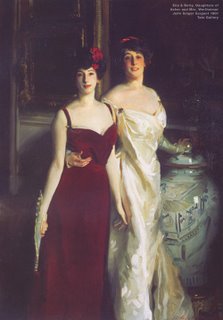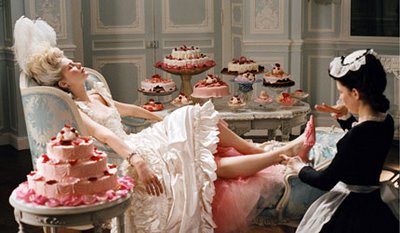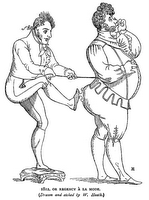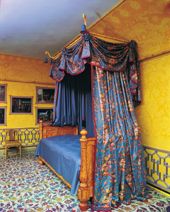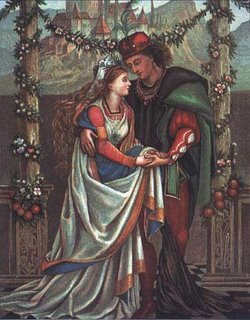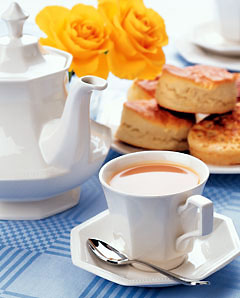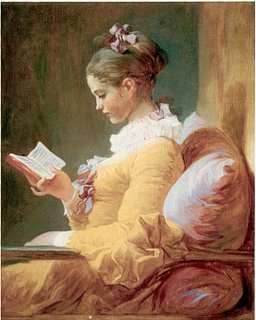
The very bad weather here last week, and even into this weekend, has kept me indoors, working on the WIP (rough draft almost done!), doing some research reading, and snarking about the gowns on the Golden Globes. Yesterday, desperate boredom even drove me to do some cleaning. I cleared out my office area, sending old magazines to the recycle bin, and dusting and vacuuming. My mother would be proud.
But it wasn’t all Cinderella-style drudgery! As I dusted my keeper shelves, I came across some old favorites. Some of them very old–the first romances I ever read, in fact. It made me wonder–what turns a person into a romance novel addict?
Hi, my name is Amanda and I’m a romance addict. Here is my confession.
It started out small, you know. A few Nancy Drew books here and there. I loved her great clothes and nifty roadster. Her boyfriend Ned seemed pretty useless, yet an essential accessory for any girl detective. A Laura Ingalls Wilder or two, just to be sociable. It was so sweet when Almanzo drove through the blizzard to rescue her from the crazy family she boarded with. Anne of Green Gables and that adorable Gilbert. Then things got a little harder–Sunfire YA historical romances.
I don’t know if you remember those Sunfire books. They always had a girl’s name as the title–Nicole (girl on the Titanic), Sabrina (girl in the American Revolution), Kathleen (Irish immigrant girl), etc. The covers depicted the eponymous heroine, usually in a poufy dress and very period-inappropriate hairdo (especially Elizabeth the Puritan girl and her perm), and the two men who vie for her affection. For some reason, there were always two, one a “suitable” boy approved by her parents, and one who offers her adventure and freedom. Which do you think she chooses in the end? But romance was not the only thing on the Sunfire girl’s mind. She was also a Patriot spy, a frontier schoolmarm, or a nurse (against the wishes of her rich Gilded Age parents).
I loved those books, couldn’t get enough of them. I read them when I was supposed to be doing homework, even traded them with my friends, thus involving them in my addiction and becoming a pusher. (Sadly, I lost most of my Sunfire collection in a move, but through the wonders of Ebay and some lucky library booksale finds, I’m rebuilding). Then things escalated. My grandmother became my unwitting supplier.
When we went to visit her one summer, she had a big box full of romances. Barbara Cartland mostly, plus a few Heyers, some Regencies by authors like Marion Chesney and Joan Smith. It was like a whole new world opened up. The Sunfires all had American settings, but these books were English. Regency. (A few of the Cartlands were purportedly Victorian or Elizabethan, but I couldn’t see any difference). I was totally hooked. I checked out non-fiction histories of the era from the library, and never looked back.
Now, this addiction did have a few side effects. When I started dating, I had quite unrealistic expectations. My first boyfriend, a sweet, 16 year old band geek, just couldn’t compete with those square-jawed, sardonic dukes with their high-perch phateons and perfectly tied cravats. But that’s another story…
I flipped through some of these old friends as I was cleaning. The Sunfire girls were as spunky as I remembered; the Cartland heroines just as asthmatic. It’s uncanny how much they resemble Madeline Bassett from the Jeeves and Wooster stories. I may have moved on to “harder” stuff, Laura Kinsale, Judith Ivory, Loretta Chase, and the like, but I’ll always have great fondness for these, my gateway drugs.
What were your favorite early romances? Do you remember what your “first” was? Did you ever read Sunfires? And whose gowns did you love and hate at the Golden Globes? (My favorites–Kate Winslet, Rachel Weisz, America Ferrera).

